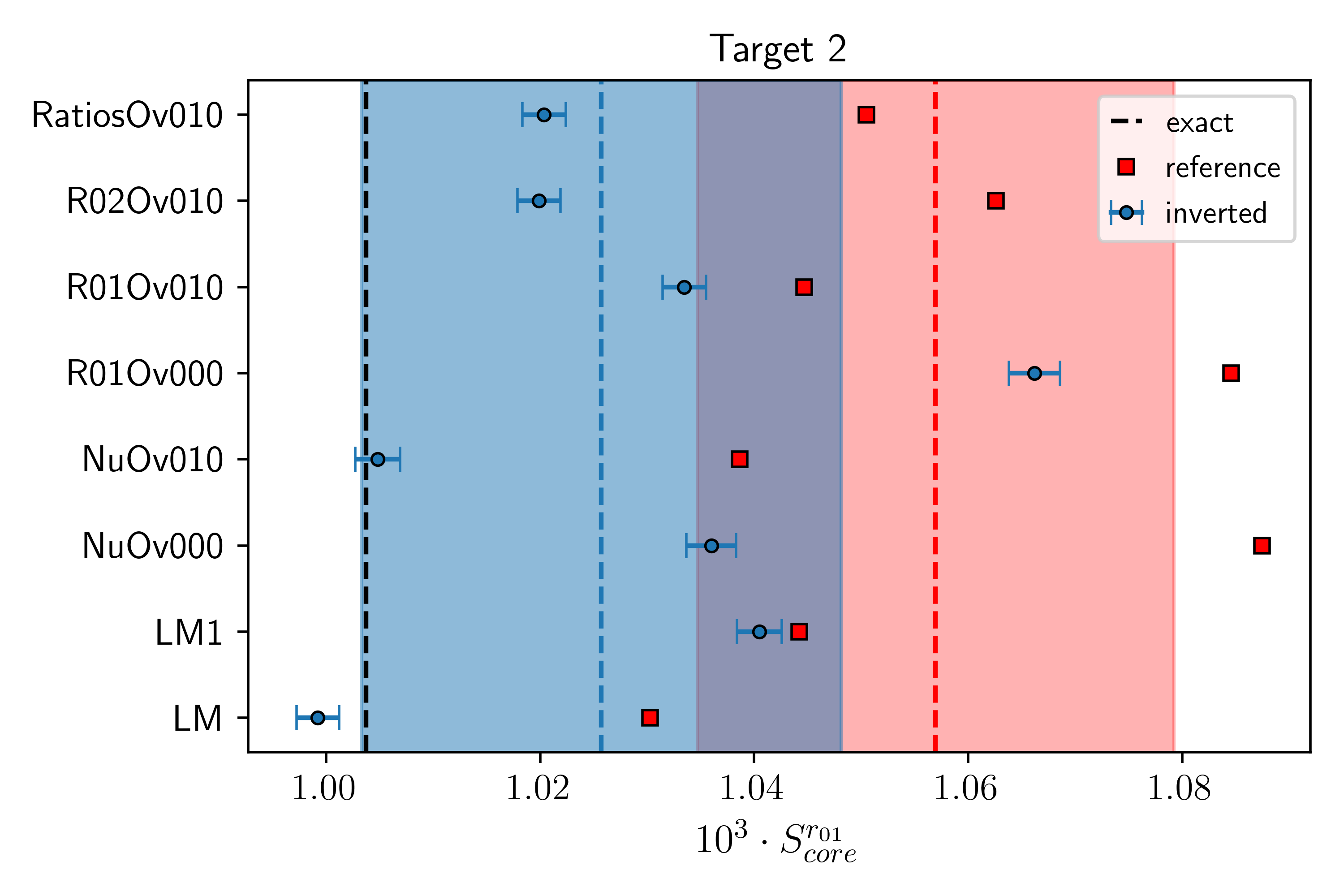Context
With the rapid development of asteroseismology thanks to space-based photometry missions such as CoRoT, Kepler, TESS, and in the future, PLATO, and the use of inversion techniques, quasi-model-independent constraints on the stellar properties can be extracted from a given stellar oscillation spectrum. In this context, inversions based on frequency separation ratios, which are less sensitive to surface effects, appear as a promising technique to constrain the properties of stellar convective cores. We therefore developed an inversion based on frequency separation ratios, with the goal of damping the surface effects of the oscillation frequencies. Using this new inversion, we defined a new indicator to constrain the boundary mixing properties of convective cores in solar-like oscillators.
This study lead to a publication in Astronomy & Astrophysics (Bétrisey & Buldgen 2022) and was presented at several international conferences (poster on preliminary results at the TESS Science Conference 2 and contributed talk at the TASC6/KASC13 Workshop).
Highlights
This new inversion, based for the first time on frequency separations ratios instead of the individual frequencies, is not affected by surface effects.
With the construction of an extensive set of models, favoured and forbidden regions can be highlighted in the parameter space. In the figure below, the red area represents the state of the set of models before the inversion and the blue area the state of the set of models after the inversion was carried out. Two models, labelled NuOv000 and R01Ov000, are not favoured by the inversion (the inversion corrects away from them) and stand out in right of the figure. It means that the underlying physics of these models is therefore not favoured by the inversion. This fully makes sense, because in this hare and hounds exercise, the hare had an high overshooting value while these two models are the only models computed without overshooting.

This inversion seems promising at probing the properties of convective cores, especially for F-type stars exhibiting solar-like oscillations.